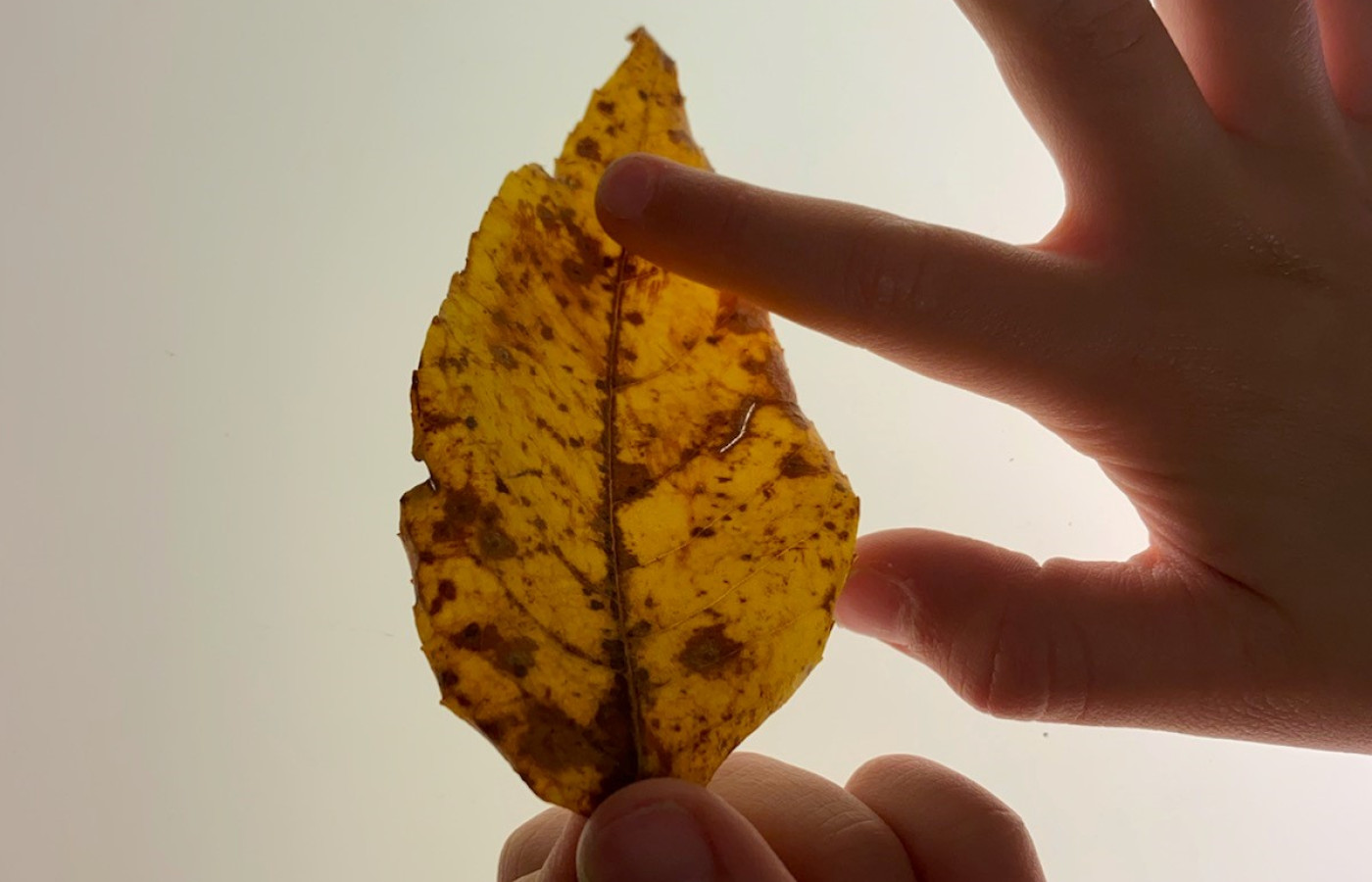Leaf wall hanging

Leaf wall hanging
Create a wall hanging with leaves
Materials Required
- One medium sized stick
- Wool or string
- Scissors
- Leaves or flowers
Shells, Feathers, Paints and paint brushes if you wish to paint the leaves and flowers
Play experience profile
-
Age:
-
Min Playtime30 - 45 Minutes
-
Skills
-
Energy LevelQuiet Play
-
Messiness Rating
-
EYLF Outcomes
Play Experience Preparation
Go on a nature walk with your child to look for the stick, leaves and flowers - Prepare a table surface and some chairs for this activityExperience Steps
- Ask your child if they would like to create a wall hanging made out of natural materials.
- Encourage your child to cut pieces of string/wool with scissors.
- Your child may want to paint or draw on the leaves or flowers.
- Tie a piece of string to both ends. This will act as the hanger for your artwork. Support your child to learn how to tie the string/wool by modelling and providing instructions, encouragement and plenty of time for them to practice this skill.
- Tie the cut pieces of string/wool to the stick and leave the string/wool hanging down.
- Your child may then stick the leaves and flowers onto the string/wool
- Allow glue to dry, then together choose a place hang the artwork.

What to talk about, or questions to ask during the experience
- Sticks, leaves, flowers.
- Cut, tie, hang
- Texture: rough, soft and smooth.
- Colour and shapes
Build on this...
- Natural materials collage or just creating designs with different natural materials.
- Talk in detail about the different natural materials you have found.
- Visit other environments like your local park or a National Park to observe differences in the natural environment.
- Take photos of nature and discuss and compare with your child.
WHO guidelines for physical activity and sedentary behaviour
Provide evidence-based public health recommendations for children, adolescents and adults on physical activity.
Learn more
Provide evidence-based public health recommendations for children, adolescents and adults on physical activity. Learn more
Walking around your environment looking for materials with your child is being physically active.
EYLF Outcomes
The Early Years Learning Framework has been designed for use by early childhood educators working in partnership with families, children’s first and most influential educators.
View PDF
The Early Years Learning Framework has been designed for use by early childhood educators working in partnership with families, children’s first and most influential educators. View PDF
- Children develop a range of skills and processes such as problem solving, inquiry, experimentation, hypothesising, researching and investigating
- Children resource their own learning through connecting with people, place, technologies and natural and processed materials
EYLF Principle
Principle 1: Secure, respectful and reciprocal relationships. Through a widening network of secure relationships, children develop confidence and feel respected and valued.
EYLF Practice
Practice: Intentional teaching. Intentional teaching is deliberate, purposeful and thoughtful. They use strategies such as modelling and demonstrating, open questioning, speculating, explaining, engaging in shared thinking and problem solving to extend children’s thinking and learning.
Author:


